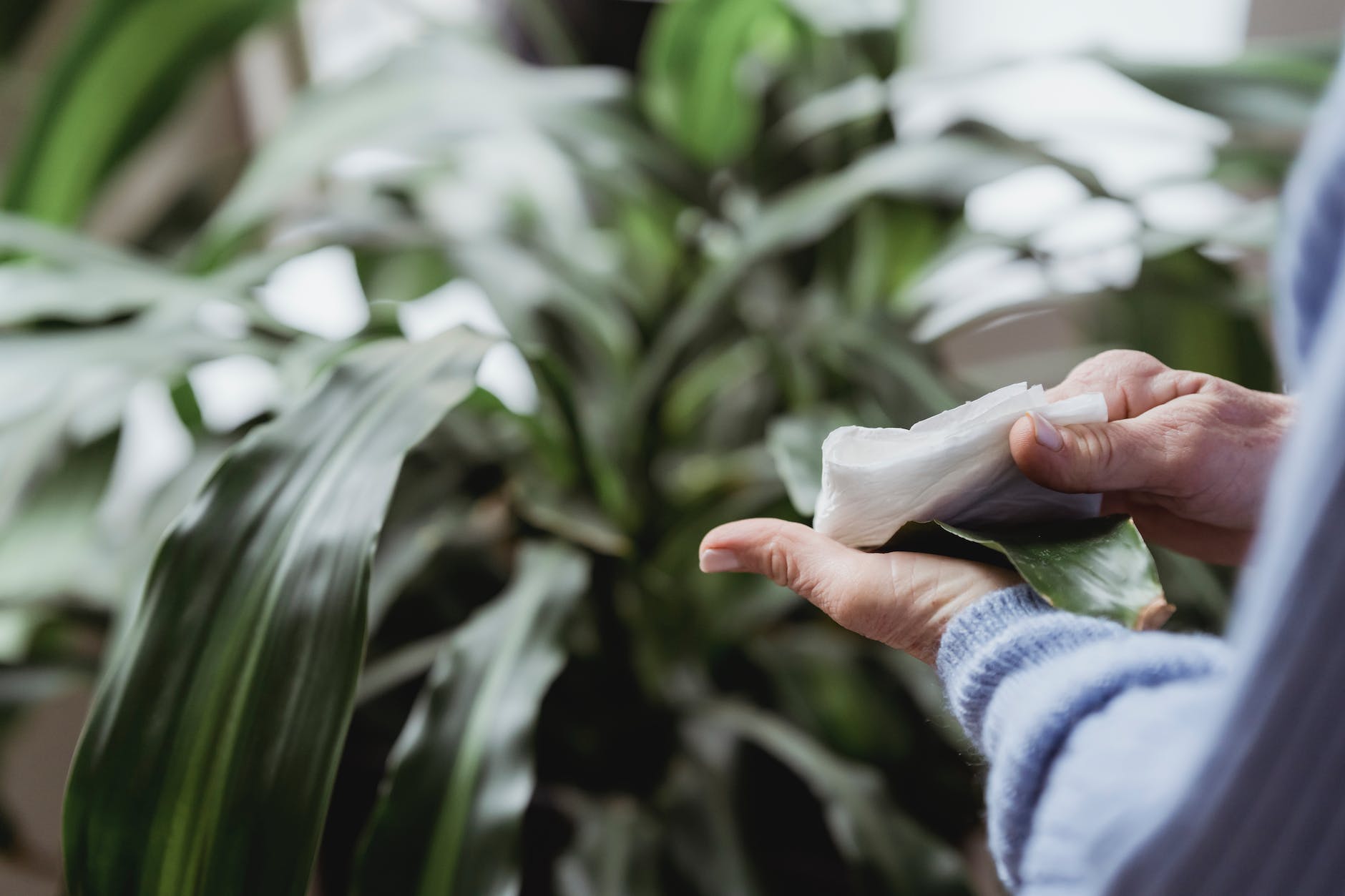The legalization of cannabis in many areas has fostered a growing interest in home cultivation. Growing cannabis at your own house offers several benefits – not only does it give you complete control over the growing process, but it can also be a satisfying hobby. Whether you’re considering indoor growing or outdoor growing, several essential steps and considerations will ensure you achieve a successful harvest. Let’s dive into these steps.
Choosing the Right Strain and Soil Type
Picking the right strain for your home cultivation is as crucial as any other step in the process. Strains have varied growing needs and can thrive under different conditions. It’s advisable to choose a strain that matches your climate and growing conditions for outdoor cultivation.
Irrespective of the strain, one thing remains constant – the need for high-quality soil. Cannabis plants require well-draining soil rich in organic matter. The correct soil type can significantly influence your plant’s growth and health.
Setting Up for Indoor Growing
Indoor growing offers much control over the plant’s environment. Critical to this method is managing the light requirements. Most growers use LED or HID lights given their efficiency and the full spectrum of light they provide, important for plant growth.
The correct lighting allows your cannabis plants to photosynthesize effectively, driving growth. Standard guidance suggests about 18-24 hours of light during the growth phase and around 12 hours during the flowering stage.
Watering Techniques and Pruning
Watering your cannabis plants is an art that needs mastering. Overwatering can lead to root rot, while underwatering can lead to weak growth. As a rule of thumb, watering should be done when the top inch of soil is dry.
Pruning, on the other hand, allows your cannabis plant to focus its energy on the buds producing more resins. Pruning should aim to remove unnecessary leaves, focusing plant energy on bud growth.
Pest Control
Pest control is a major concern for any gardener. Maintaining strict cleanliness standards can help prevent infestations. If pests still find their way to your plants, consider natural pest control methods first, as harsh pesticides might be harmful to the plant and consumers.
Outdoor Growing
Outdoor growing is a more natural process but requires certain conditions. The soil needs to be rich in organic matter, well-drained, and in a location receiving adequate sunlight. Security and local laws are other considerations for outdoor growers, as some areas demand that plants don’t be visible to the public.
Harvesting, Drying, and Curing
It’s vital to know the right time to harvest your cannabis plants. Harvesting too early or late can affect the potency and flavor of your buds. Generally, start looking for signs about 8-10 weeks into the flowering stage.
Post-harvest, drying and curing are essential steps that can greatly affect your cannabis quality. Hang your buds in a dry, dark, and cool area for about two weeks until the stems snap when bent. Then, cure your buds in airtight jars over several weeks to improve flavor and overall experience.
Putting It All Together
Growing cannabis at home might seem daunting initially, but with a little research and patience, anyone can do it. Proper care and attention to details like soil type, light requirements, watering techniques, pruning, pest control, harvesting, drying and curing are essential for growing quality plants and nailing the final product. Happy growing!
